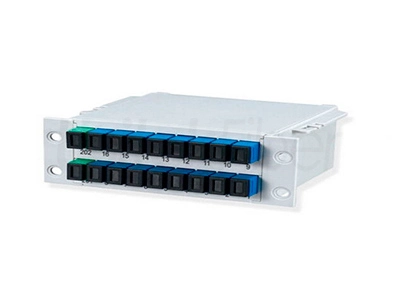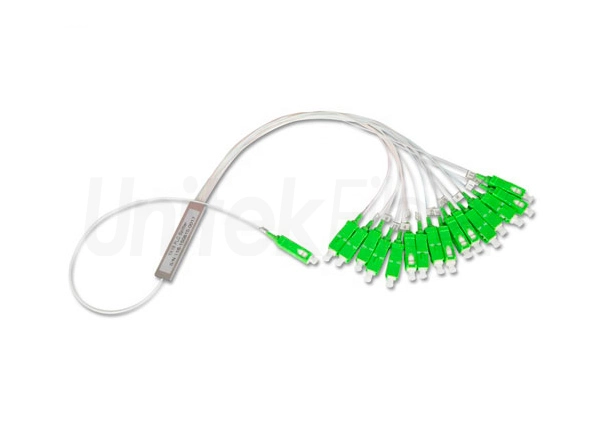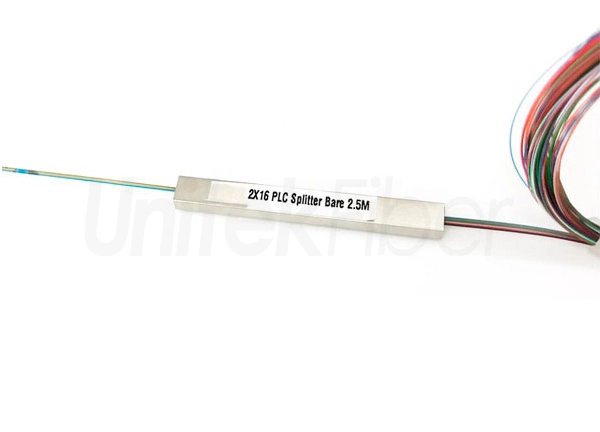
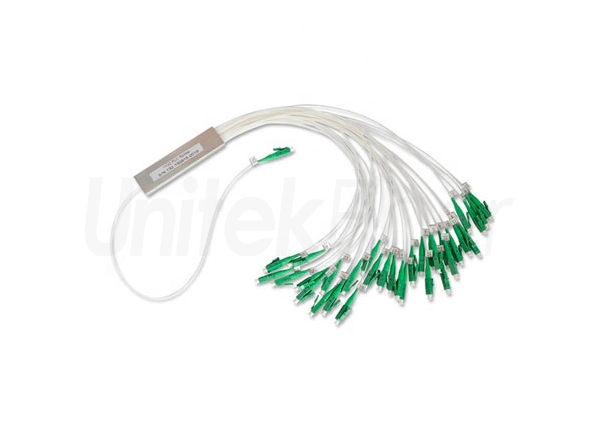
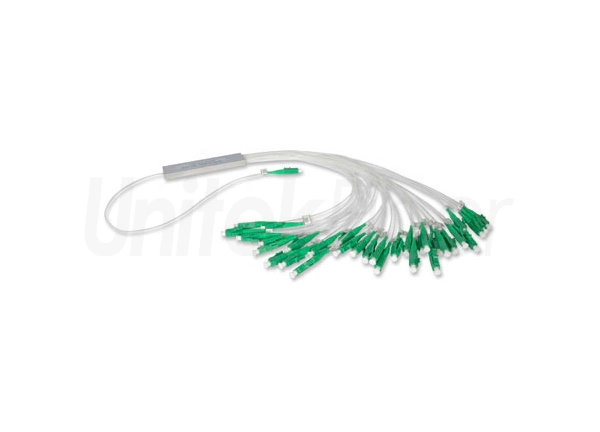
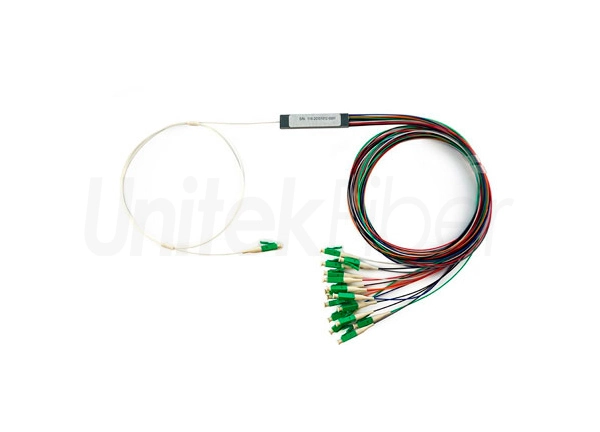
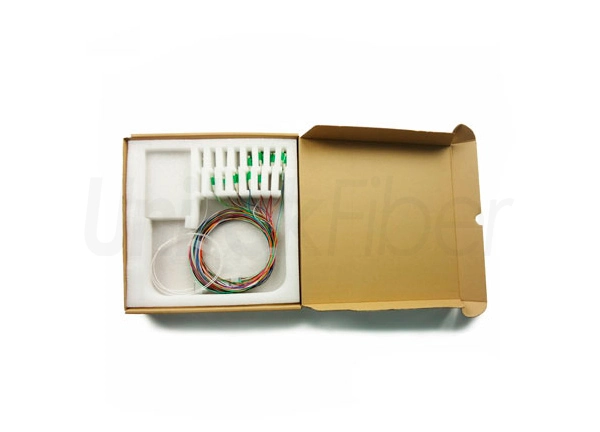




Fiber optical splitter is a passive device that transforms signals by one or two input optical signal to several output optical signals. According to different basic principle, it can divide into Fused type and PLC type. PLC can meet the needs of different wavelengths with spectral uniformity and compact structure. Fused type can be customized of any coupling ratio.
The consistency of the fiber optic splitter ensures that the input signal power is evenly distributed between all output ports. The PLC splitter makes the transmission power of each splitter output port the same, simplifying network design and reducing costs. This is a key factor in maintaining consistent signal strength between all connected devices. As a passive device, the PLC splitter 1x4 does not require an external power supply, further improving its efficiency and reliability in the fiber optic network.
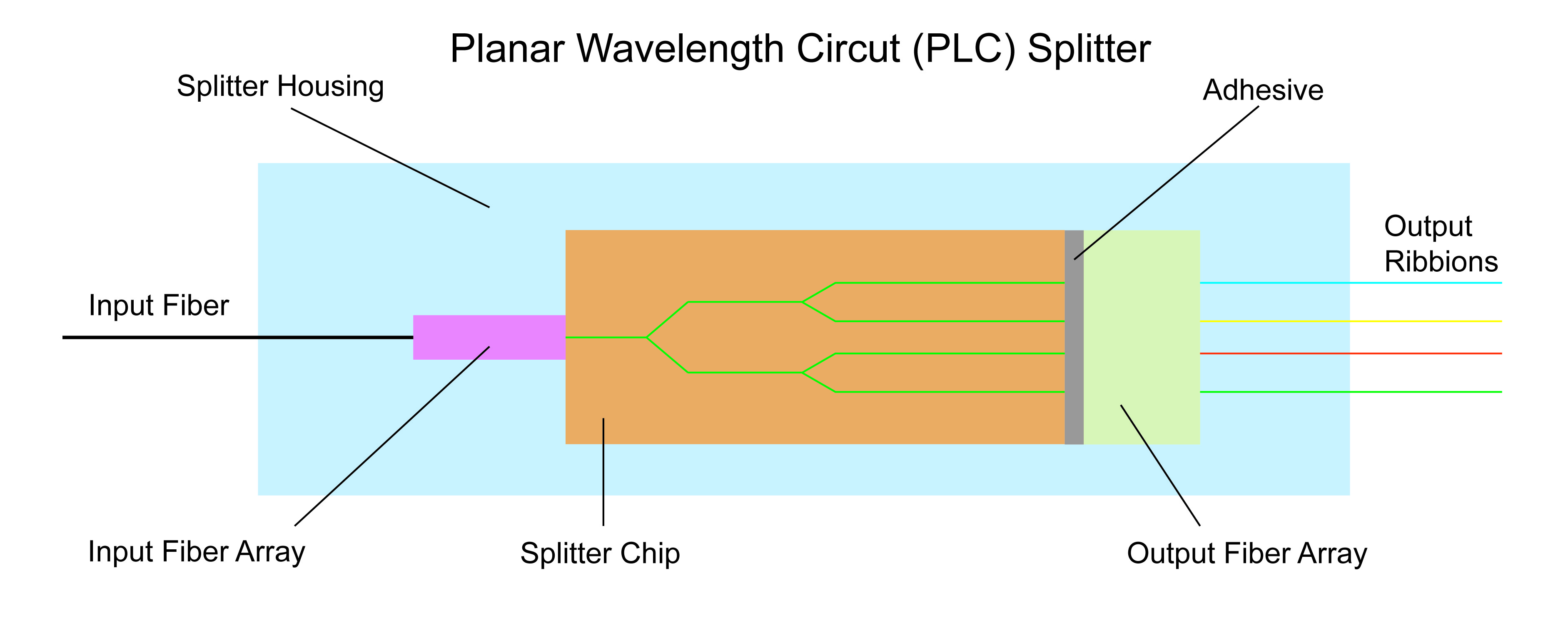
Using the blockless fiber optic PLC splitter from UnitekFiber has a compact structure, the fiber cable using G657A1, which is more flexible, and the distortion is small when using, ensuring reliable optical transmission. And the optical splitter contain SC/APC connectors for plug and play, no need to splice.

UnitekfFiber's fiber optic splitters provide good return loss, the higher return loss, the better, which could reduce the impact of reflected light on the light source and system. In addition, the uniformity, directionality and PDL polarization loss are also parameter indicators that affect the performance of optic splitter. Fiber optic splitter is one of the most important passive devices in fiber optic links, especially suitable for connecting MDF and terminal equipment to distribute optical signals in passive optical networks (EPON, GPON, BPON, FTTX, FTTH, etc.).
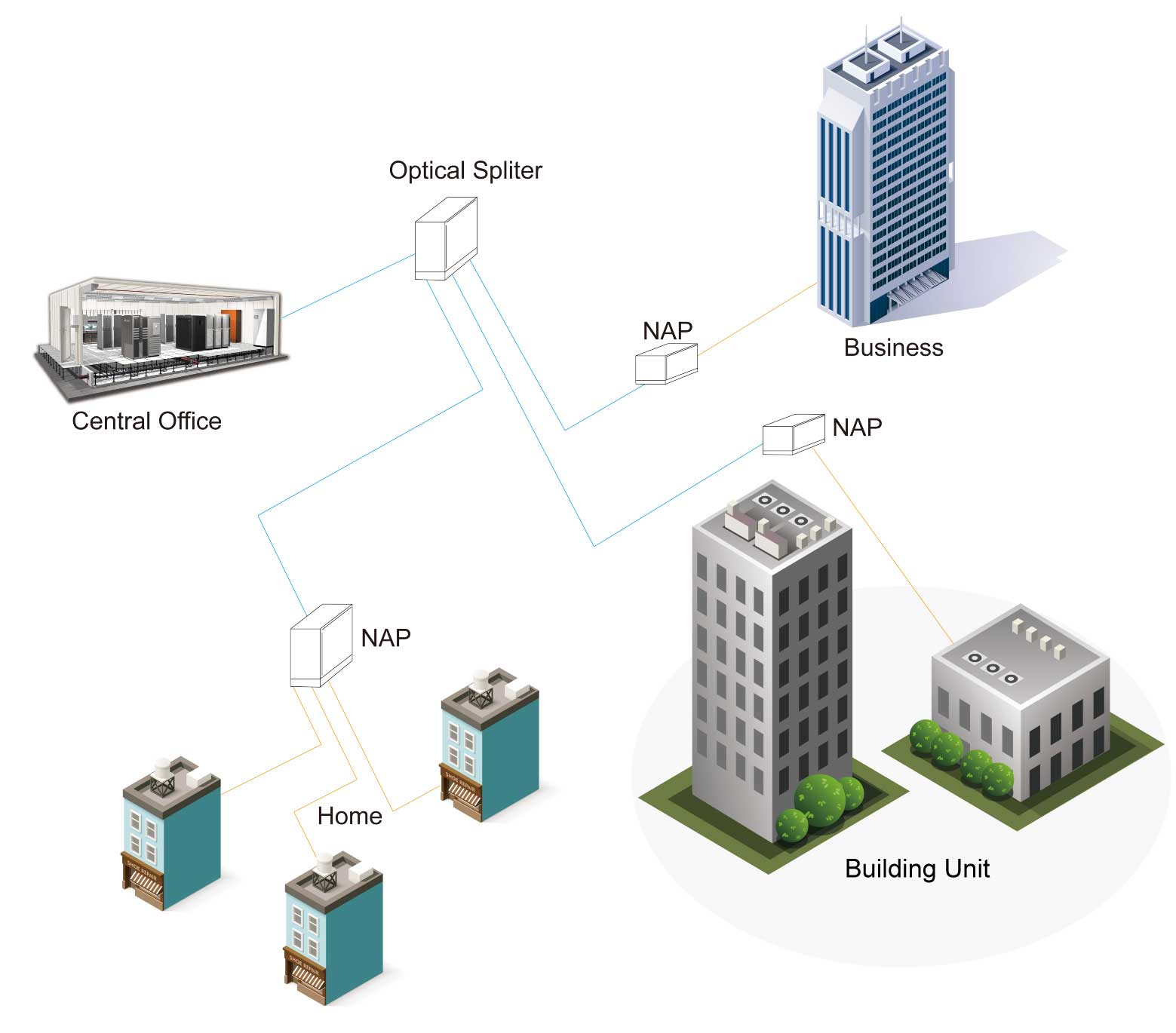
Yes, we provide OEM and ODM service, you could kindly customized 1*8 PLC Splitter. Please feel free to contact us for more detail.
It depends on your specific needs. If you need to improve network performance and scale up, a PLC Splitter is the right choice. A PON Splitter will suffice for basic requirements if you are doing a small-scale expansion on a tight budget.
PON Splitters (Passive Optical Network Splitters) and PLC Splitters (Planar Lightwave Circuit Splitters) are both devices used to distribute optical signals to multiple endpoints. The main differences lie in their manufacturing techniques and performance: 1. PON Splitters use fused biconical taper (FBT) technology, suitable for smaller split ratios and cost-sensitive applications. 2. PLC Splitters use planar lightwave circuit technology, offering lower insertion loss and better uniformity, ideal for large-scale splitting and high-performance applications.
PLC Splitters have better temperature stability and environmental adaptability, making them reliable under various harsh conditions. PON Splitters have relatively lower environmental adaptability and are best suited for conditions with minimal temperature and environmental changes.
PLC splitters will cause a loss of optical power. This product is with ≤7.1dB low insertion loss and ≤0.2dB low polarization dependent loss.


